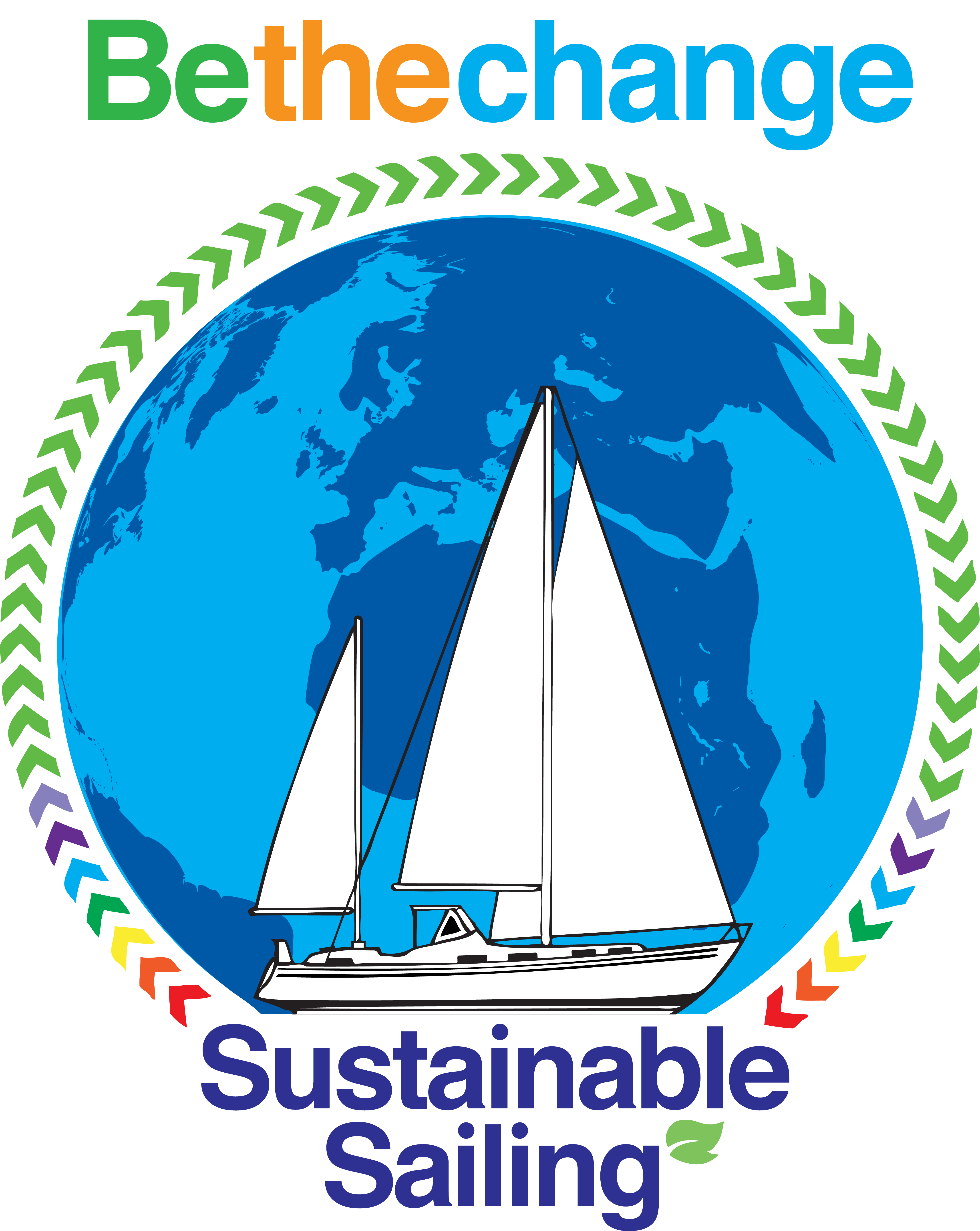Category: Dinghy
-
We made it to Puffin Island
We used the excuse of wanting the mast epoxy primer to full cure before using the filler to go out in the Dinghy again. So a very, very early start (alarms off at 7:30am and straight out as soon as we could to catch the falling tide out to Puffin Island. We bumped into both…
-
Foredeck and Forecabin plans update
We have done a lot of thinking about our foredeck (mostly related to anchoring, sail plan and dinghy storage). During one of the lockdowns we did some thinking about how to use the forecabin beyond the anchoring plans in terms of layout. We checked a lot of those measurements when we were able to visit,…
-
Dinghy launching wheels
So our dinghy is a Highfield Classic 290, an aluminium (for long life, light weight and fully recyclable) hull with Hypalon Tubes (much longer lasting than PVC, especially in the tropics). Jane has already made a fantastic all over cover for it (when it is stored right way up) and it sits at home on…
-
Opportunity for reflection leading to decisions
So we have a holiday, it being half-term, however, as Manchester is in a tier 3 Lockdown and Wales in a Firebreak, we are at home. It does mean we can take time not just to do jobs and study (including propeller shaft and RYA Yachtmaster course) but also time to reflect on where we…
-
Into 2nd wave lockdowns
So a quick update on where we are at. The situation for Manchester is still chaos without agreement between the national and local governments regarding the level of lockdown we should be in. However, we are expecting to be more restricted soon (bearing in mind that Manchester has had it’d own lockdown for months anyway).…
-
Going 100% electric: the “house”
I recently detailed where we are at with the Electric Motor, now for the domestic “House” side. The House power supply I have started building the battery box which will sit above the motor and motor batteries in the motor compartment. We have 4 x 120AH Lithium (LiFePo4) batteries from KS Energy KS-LT120B. These have…
-
The need for Active Solar power generation
—
by
With the our commitment to Zero fossil fuel sailing we have been having to review and update our initial Solar plan. Designing our Solar Arch has been part of that. The traditional “passive” approach to solar is not going to work for us. By that I mean the idea of putting up a few solar…
-
Sustainable Sailing and Human Power
I’ve been quiet on here during the COVID-19 pandemic so far. More urgent priorities and has seemed inappropriate when so many have been dying, ill or struggling in other ways. However, some countries are now starting to move beyond lockdowns and it now seems more appropriate to focus on building a better future. One that…
-
Zero fossil fuel sailing
Goal The goal for the environmental element of Sustainable Sailing has to be a zero use of any fossil fuel, at least for energy when using the boat. I don’t think we will be there in terms of all inputs for a long time yet (zero fossil fuel food supply or clothing or replacement parts…
-
Dinghy cradle
So Highfield provide a pdf download plan for a cradle to store your dinghy so that it is under least stress. I’ve just knocked up one using the wood from the pallet that our solar stuff arrived on. It isn’t going to win any prizes but should be practical enough. The intention is that the…
